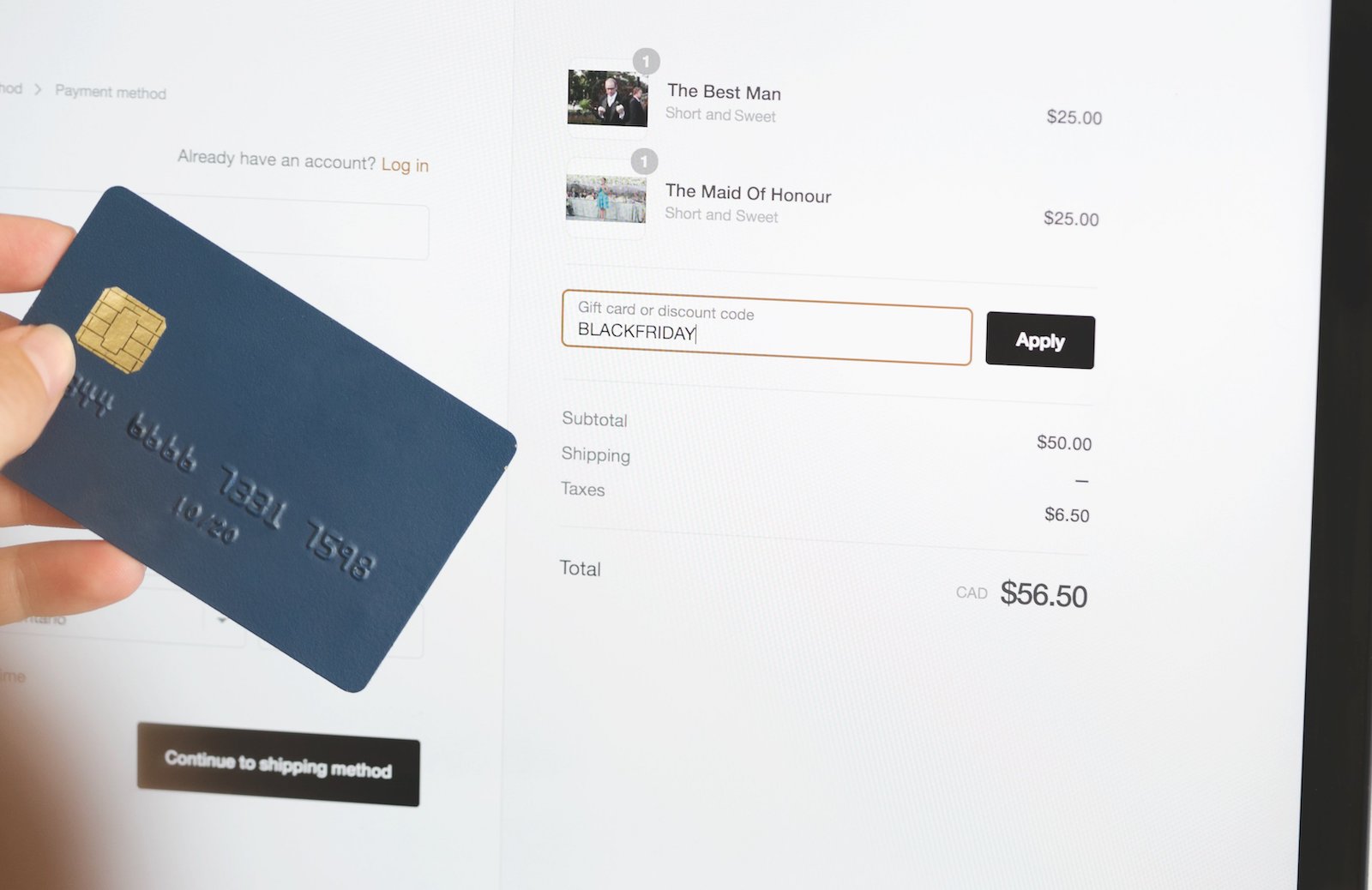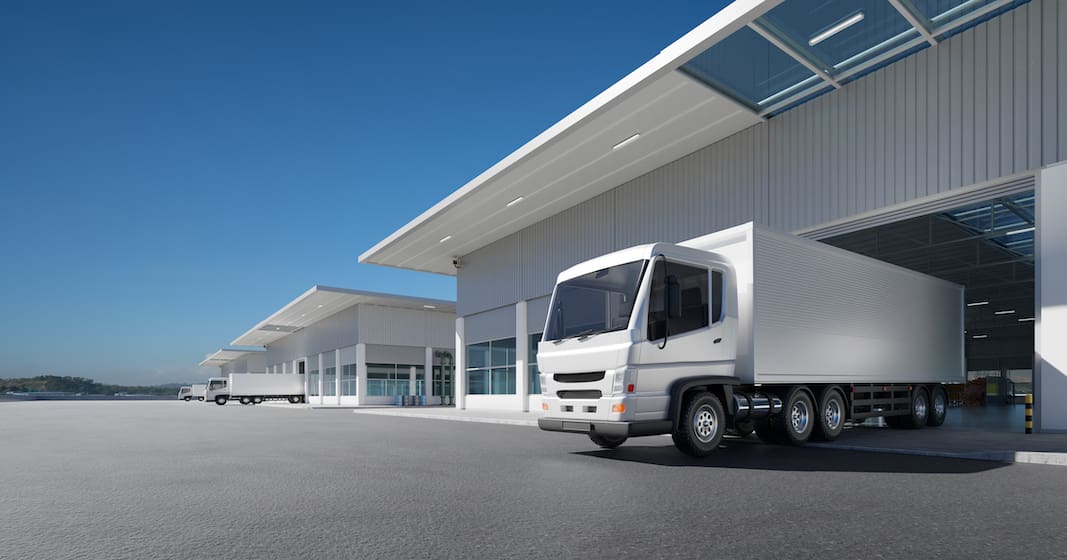Table of Contents
** Minutes
What is average order value (AOV)?
How to calculate average order value
4 ways AOV impacts business decisions
What impacts my average order value?
5 tips to increase average order value
How a 3PL can help increase your AOV
Your brand’s average order value (AOV) isn’t a vanity metric. The ability to forecast sales and revenue based on an average order value is key to proper inventory management, and more importantly, to business investment decisions.
Better yet, simple changes in your business model can have a substantial impact on your AOV.
Take Rainbow OPTX, an online sunglasses seller: By working with their third-party logistics (3PL) provider, ShipBob, to expand their 2-day shipping window to all customers, the brand experienced a drastic increase in how much their customers were willing to spend.
“With ShipBob’s 2-Day Express Shipping Program, we’ve seen a 24% increase in our average order value for qualifying orders.”
Noel Churchill, Owner and CEO of Rainbow OPTX
But, how do you offer faster shipping — often at an increased cost to you — and still manage to increase the average order value?
First, let’s dive into exactly what AOV is.
What is average order value (AOV)?
Average order value, also known as AOV, is the average dollar amount a customer spends each time they place an order. AOV is calculated by dividing your total revenue from orders by the number of orders placed.
Far too many brands look to ROAS (return on ad spend) as the primary lever of efficient revenue generation — and thus invest high percentages of overall brand dollars in paid acquisition.
And for some brands, this might make sense. After all, if you don’t have many customers — you need to acquire them. And paid acquisition can be a valuable lever, though I’d recommend an investment in organic acquisition instead. That’s an article for another day.
If you, however, already have at least 1,000 customers, it’s time to pivot your focus away from paid acquisition and invest in increasing your average order value.
How to calculate average order value
To calculate your AOV, you need to divide your total revenue by the number of orders. AOV can be expressed as this formula:
Average Order Value = Revenue / Number of orders
For example, let’s say your store had 2,000 orders and earned $56,000 in March of this year. $56,000 divided by 2,000 is $28. This means that your AOV in March was $28.
$56,000 in revenue / 2,000 orders = $28 AOV
Why is it important to calculate AOV?
By calculating average order value, you can better understand your customers spending habits. You’ll gain valuable insights that can be used in marketing and pricing strategies.
Additionally, using your AOV calculation, you can determine the potential revenue upside of increasing your average order value. Using our example above, if the AOV increases by just $10 per order, the total revenue will increase by $20,000.
4 ways AOV impacts business decisions
Beyond an increase in revenue, increasing your AOV has an efficiency impact across your business.
From better understanding your customers and to increase your conversion rate, to freeing up more budget for advertising spending and implementing a more valuable pricing strategy for both you and your customers — AOV is an important metric of overall business health, and a lever to pull when you need to generate more cash flow for other areas of the business to increase total revenue.
1. Buying patterns and trends
AOV shows businesses the time of year they need to pay the most attention to. In other words, which season(s) and campaigns most resonate with your highest value customers?
For example, a Mother’s Day campaign might work incredibly well for a candle company but fall short for a home goods company. You can implement bundles, prominently showcase a free shipping threshold, and get the best possible creative made to attract repeat buyers and net new customers alike.
But if that bundle didn’t hit your set revenue KPIs, don’t immediately think of it as a failure. Instead, look at your AOV. Did AOV increase for the campaign? Did it decrease? What does that tell you?
A decrease means one of a couple of things:
- You underpriced the goods.
- (More likely) This particular campaign and trend isn’t something customers of your brand are highly attuned to.
Maybe a Memorial Day campaign and bundle will work better. Maybe you need to bundle the items with more sought after and trending pieces (any of these high-demand products, for example). This may mean you need to partner with a complementary brand.
Not hitting your numbers doesn’t have to be a failure in this case. Instead, it’s directional as you begin to better understand your audience and optimize campaigns for future success.
2. Conversion costs
If you have a low AOV and high conversion cost, you could be losing revenue. Scratch that, you likely are losing revenue. If you are paying $50 to acquire a customer through conversion, but are only earning $50 (or less) in average order value, you are in the red.
Your AOV should be at least 2X higher than your cost of customer acquisition, or your conversion cost.
3. Advertising spending
This brings us to your marketing budget. How much is your business spending on advertising, and is it translating to AOV?
Similar to the above, if you are spending equal to or more than your AOV to acquire a customer, you are in the red. Even if you are spending less to acquire a customer than your AOV, you still need to check your profit margins. Are you actually making any money off the sale when it is all said and done? Think through:
- Advertising costs and spend
- Shipping costs
- Ecommerce warehousing costs
- Product costs
4. Pricing strategy
When modifying your pricing strategy, always consider the impact on your AOV. If your AOV increases after changing your pricing, and your ROI is maintained or – better – increases, then you’re doing it right. While many brands fear that raising prices will lower conversion rates and turn consumers off, you should know that it isn’t necessarily the case.
It largely depends on how your brand is perceived among consumers. Some brands are perceived as luxury brands, while others are perceived as discount ones. Living somewhere in the middle is difficult and raises concerns around margins.
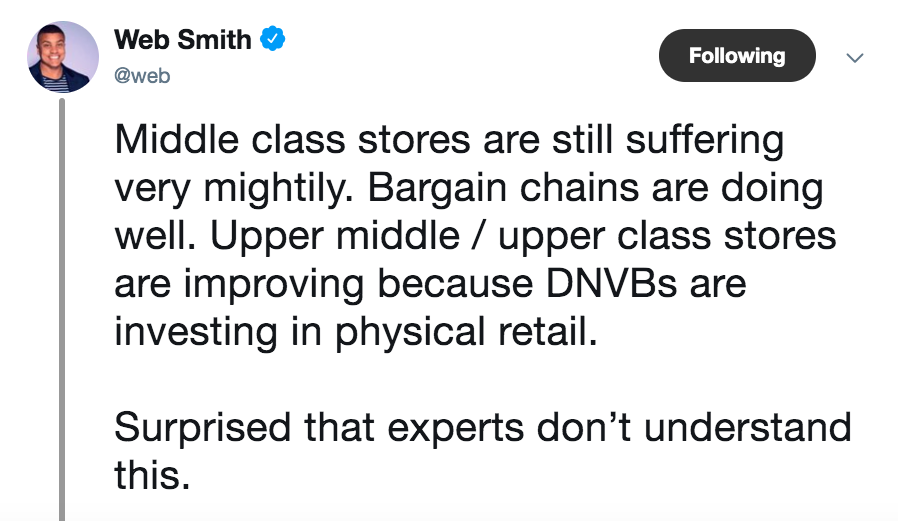
Decide which brand you are, and alter pricing accordingly. You can offer volume discounts, add-ons such as complementary products, have a minimum purchase rule, and more.
Being in the middle is a very dangerous place.
What impacts my average order value?
There are a couple things affecting your AOV. Moreover, there are a couple things to keep in mind when trying to figure out how much you want your AOV to be — and what yourKPIs are for increasing it.
Let’s take a look.
Lifetime value per customer
Do you sell products on subscription and have recurring revenue? Do you sell multiple products, and have a good repeat customer and retention strategy?
Fantastic — that means your AOV can be lower, and that you can spend more to acquire your customers than brands that do not have this.
That’s because your lifetime value per customer is higher than brands that only sell one item or don’t have a solid retention strategy for repeat customers.
Here is how this works: If you can forecast that more than half of your customers will become repeat customers or will buy in to a subscription that generates recurring revenue, you can compound the average lifetime value (how much that customer will spend with your brand over the course of their time with your brand) and determine a lifetime AOV.
For instance, if you sell a $10 monthly subscription, and most folks who buy in stick with you for 15 months, you have a lifetime value of $150, even if your AOV is $10. Now, you can spend more than that $10 to acquire your customer, knowing that you will average out to making $150 off of that customer over their lifetime with the brand.
Cost per conversion
In this case of the example above, it still wouldn’t hurt to play with a pricing strategy a bit to see if you couldn’t cover your cost per conversion.
After all, would you see a big dip in conversion if your subscription was $12 instead of $10? That extra $2 a month gets you an extra $30 a year per customer, which could cover your acquisition cost entirely.
Your return on ad spend (ROAS), which is cost per conversion to customer lifetime value (CPC:LTV), needs to be net positive. And the higher it is, the better. AOV can be a good route to explore to improve your ROAS.
This is because it hinges not on necessarily attracting more eyeballs and customers (which can be incredibly expensive), but instead on getting existing eyeballs and customers to spend more each time they check out.
5 tips to increase average order value
By now, it’s clear that AOV can have a huge impact on your bottom line. But, there’s a lingering question we have yet to answer: “How do you convince your customers to spend more with your brand, again, and again, and again?”
That’s what we are going to dive into today. There are a number of tactics to employ to make this happen, including:
- Bundling products
- Using free shipping thresholds
- Cross-selling additional products
- Offering coupon thresholds
- Rewarding loyal customers
- Including pricier “limited edition” items
Figuring out what works for your brand will depend on many variables.
“In my experience, there are 3 really effective ways to increase AOV: 1) bundle, 2) upsell, or 3) increase the cart amount required to qualify for free shipping.”
Eric Carlson, Founder of 10xFactory
Eric Carlson’s experiences within different industries reveals different wins:
- At a consumer golf company, he was able to easily increase AOV without affecting CAC (customer acquisition cost) by creating a driver and 3-wood bundle.
- At a fashion brand, he was able to increase AOV by adding natural upsells (e.g., a brush) before the checkout.
- At a beverage brand, he was able to increase AOV simply by increasing the minimum cart amount to qualify for free shipping.
Let’s dive into these methods.
1. Bundle products
Bundling products helps push customers to a higher AOV, while at the same time giving them better value. Take a look at Food Huggers. They have an entire page dedicated to bundles, marketed as eco-friendly starter kits to upsell products.
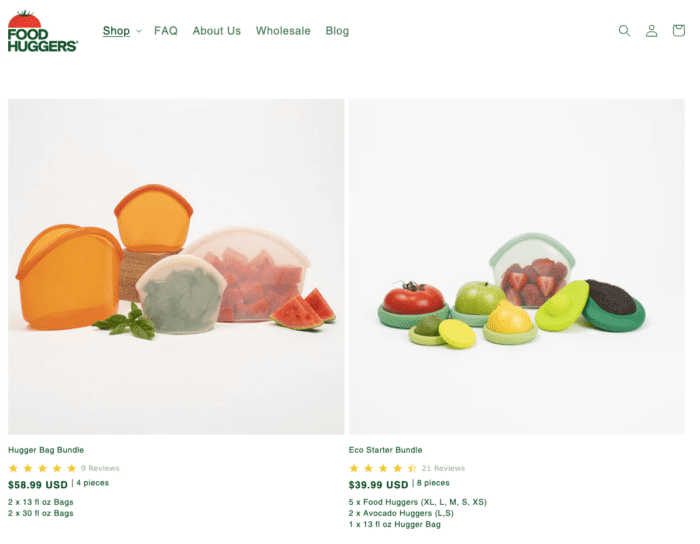
“ShipBob’s simplified pricing model that includes several picks included in particular has always been very interesting and important for us — it allows us to flex with our bundles, without being charged more like other 3PLs do. In addition to the cost structure, it’s been good financially on the sales as well; over time, offering bundles through ShipBob has actually increased our overall order value and our units sold.”
Juliana Brasil, Director of Operations at Food Huggers
To implement something similar, figure out which of your products are complementary to one another, and bundle them together. Your 3PL provider can help you pick and pack these bundles, as well.
“I’ve been doing a lot with bundling up-sells on PDPs recently and this has delivered some good uplifts in AOV. Adding one or two complementary items to a bundle proposition on key products has been really effective — similarly to how Amazon uses bundle offerings. This is a generally a really nice way to increase basket size that isn’t too complex to implement.”
Paul Rogers, Managing Director at Vervaunt
2. Offer free shipping thresholds
“Orders $50+ get free shipping.” Using this concept on your store makes it easier on you and your logistics partner while getting you a higher AOV.
“It’s no secret that free shipping is one of the best incentives you can use in ecommerce. Consumers prefer online stores that offer free shipping because they don’t want to face unexpected costs. My number one piece of advice on increasing AOV is nudge visitors during checkout with a free shipping alert.”
Emil Kristensen, CMO & Co-Founder of Sleeknote
Many ecommerce sites write how much a customer has to spend to be eligible for free shipping. But Emil Kristensen says that is not enough of a push by itself: “You need to tell customers exactly how much more they should spend so that they don’t miss out on free shipping. This way, you can convert your visitors who are on the edge and increase AOV.” He noted that if you tell someone to “Spend $2 more to get free shipping,” chances are, they will spend even more than that.
Look at Doris Sleep, for example. This brand encourages customers to buy two pillows to hit the free shipping threshold. Better yet, there is a message about this on the cart and checkout page — and free shipping shows up throughout the process to make sure the customer knows if they have or have not hit the threshold.
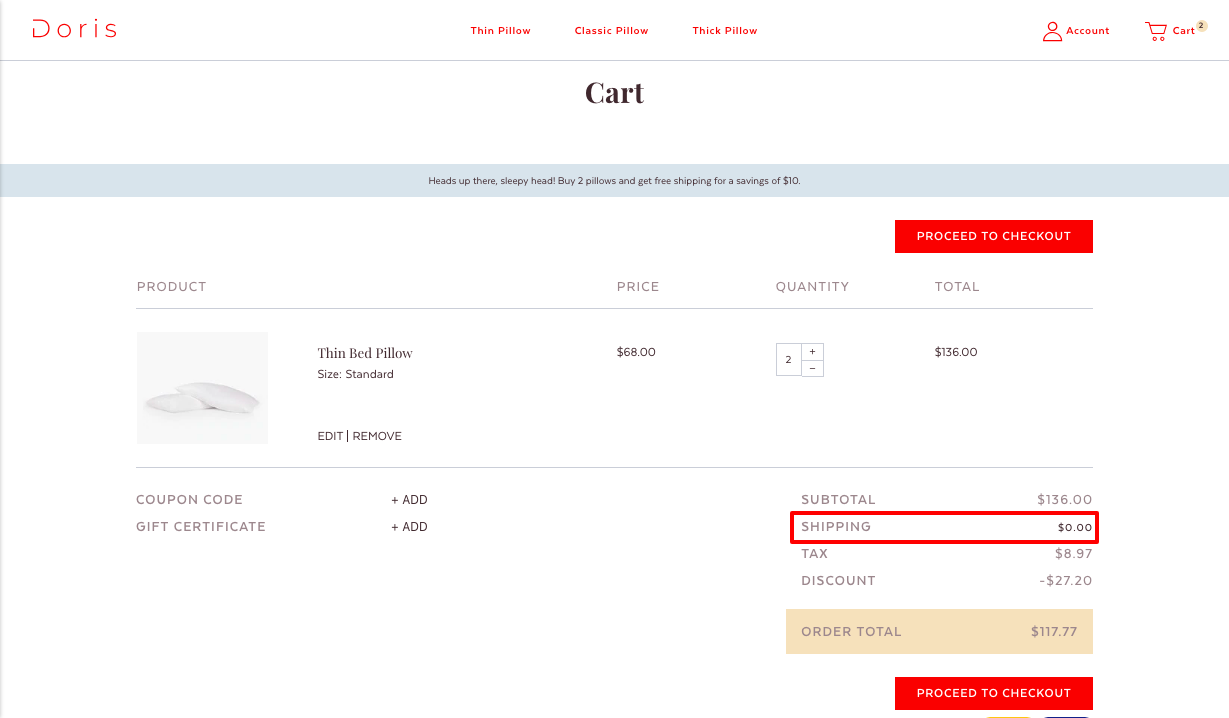
For this brand, the threshold is more than $100 — which also happens to mean buying two or more pillows.
“A quick way to increase AOV is by incentivizing buyers to hit a certain minimum order value to redeem a high value reward or perk. This could be as simple as offering free shipping for orders of $50 or more, or it could be giving away an exclusive free accessory for orders totalling $100 or more.”
Daniel Wallock, Founder of WallockMedia
3. Try cross-selling
Cross-selling products is an easy way to get complementary goods in your customer’s basket. Most ecommerce shopping carts like Shopify and BigCommerce offer this out-of-the-box on product pages.
“Plan your product experience to introduce an upsell. Almost every product on earth pairs wonderfully with something else. Offer that something else frequently.”
Jordan Brannon, President & COO of Coalition
But those are easily overlooked and you can do so much more! Check out how My Calm Blanket showcases items that are frequently bought together once you add an item to your cart.
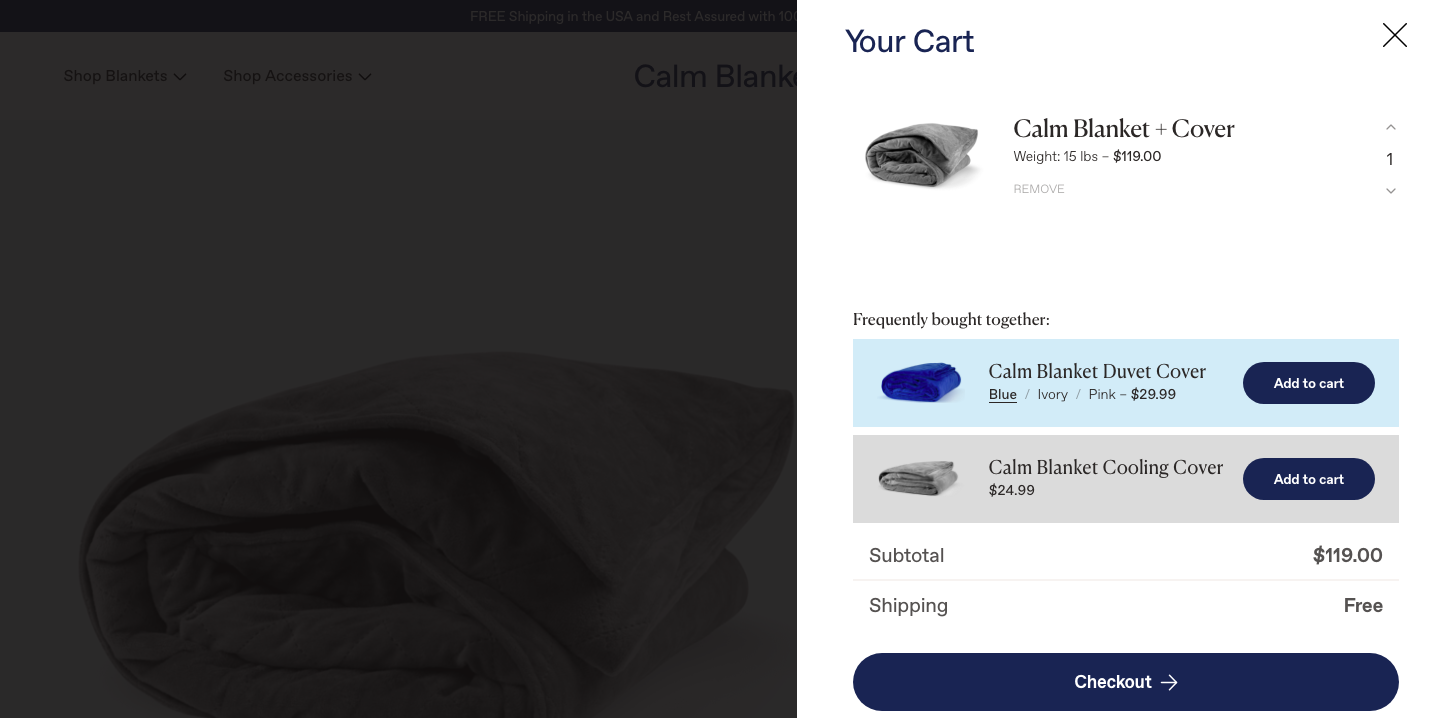
This is much more visible and showcases it at a point in time when the potential customer has already expressed a desire to purchase.
“The keys to increasing average order value are cross-selling on site in a genuine and unobtrusive way, and having a customer-centric UI/UX team that works closely with customer service.”
Lourdes Servin, Marketing Director at PHLUR
Alex Birkett explains that in addition to website architecture and usability that help with discoverability, convincing customers to logically and emotionally determine that they want these things is a matter of strategically deciding which up-sells and cross-sells make the most sense.
“There are quantitative ways to do this, but you can also just sift through your order history and see what people commonly buy together or survey a group of your most valuable customers to find some ideas.”
Alex Birkett, Sr. Growth Marketing Manager at HubSpot
4. Reward loyal customers
Incentivizing customers to shop consistently at your store can help get AOV to increase over time. Better yet, there are tons of tools and apps to choose from that help you do this, so running a loyalty program isn’t insanely manual or time-consuming.
Tools like Smile.io help automate and keep track of customer points, rewarding them automatically when you hit a points threshold. Here is how it looks at the point of signup for fitness brand FLEO Shorts.
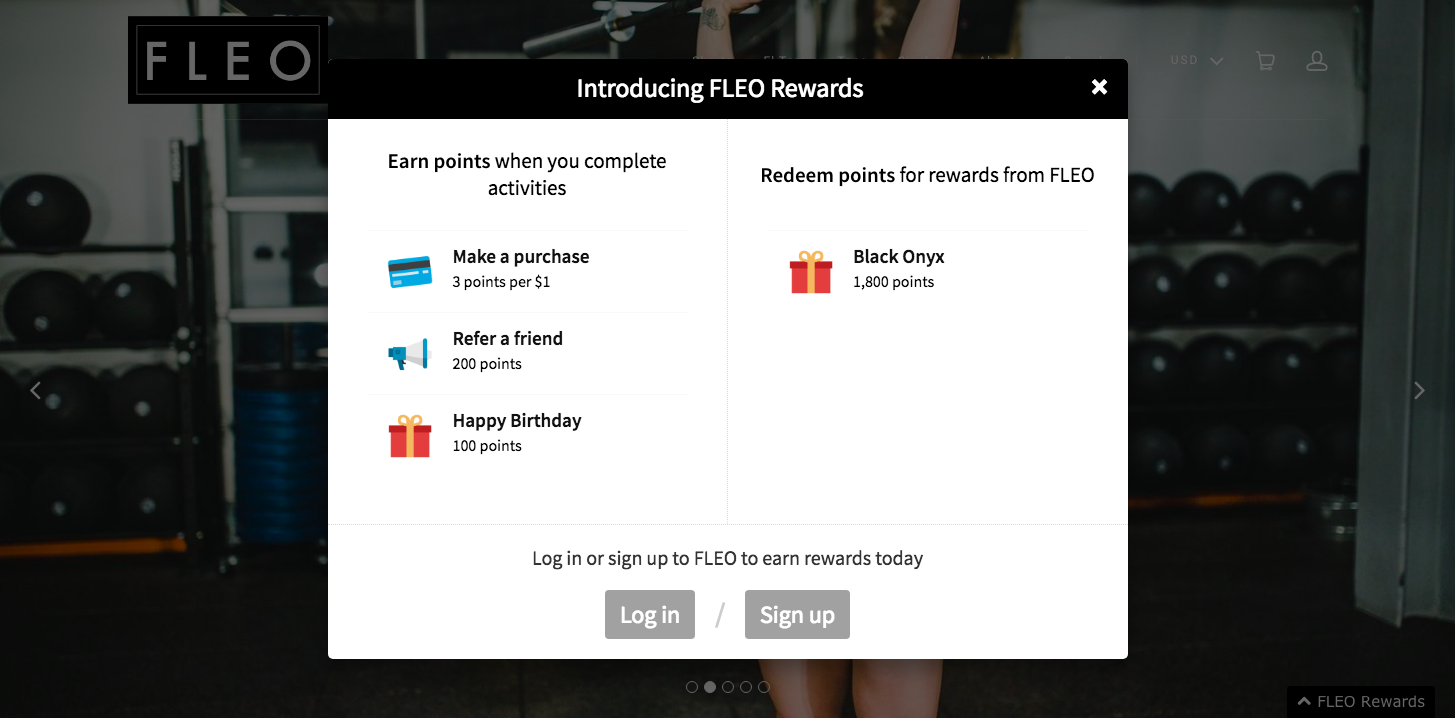
Cara Hogan explains that if someone abandons a shopping cart, it may be a good time to offer a discount to win them back and convert a possibly lost sale. Alternatively, you can offer a discount for a second purchase to encourage customer loyalty. She believes, “Giving a discount immediately to every buyer is hurting your AOV too much,” and recommends to get rid of your popup discount to see an immediate jump in AOV.
“Stop offering immediate discounts! Too many brands have a discount popup right away when visitors hit a site. Instead, you should customize this message based on customer behavior on your site.”
Cara Hogan, Content Strategist at Zaius
5. Include pricier “limited edition” items
This strategy helps to increase AOV, but also helps to push you toward a more luxury brand, where you are selling value, rather than just a product.
This is also a great strategy differentiation for your website versus your Amazon channel.
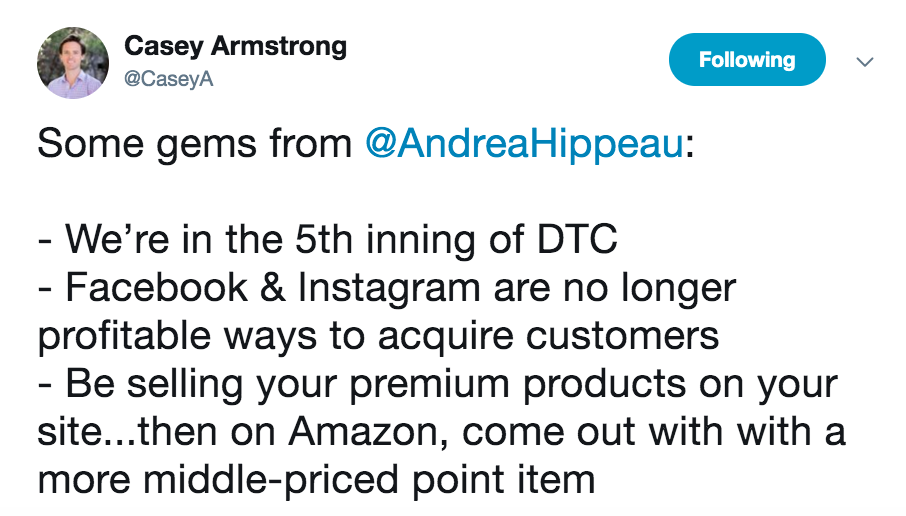
Even established brands like Everlane follow this strategy. A great example is their recent partnership with The New York Times.
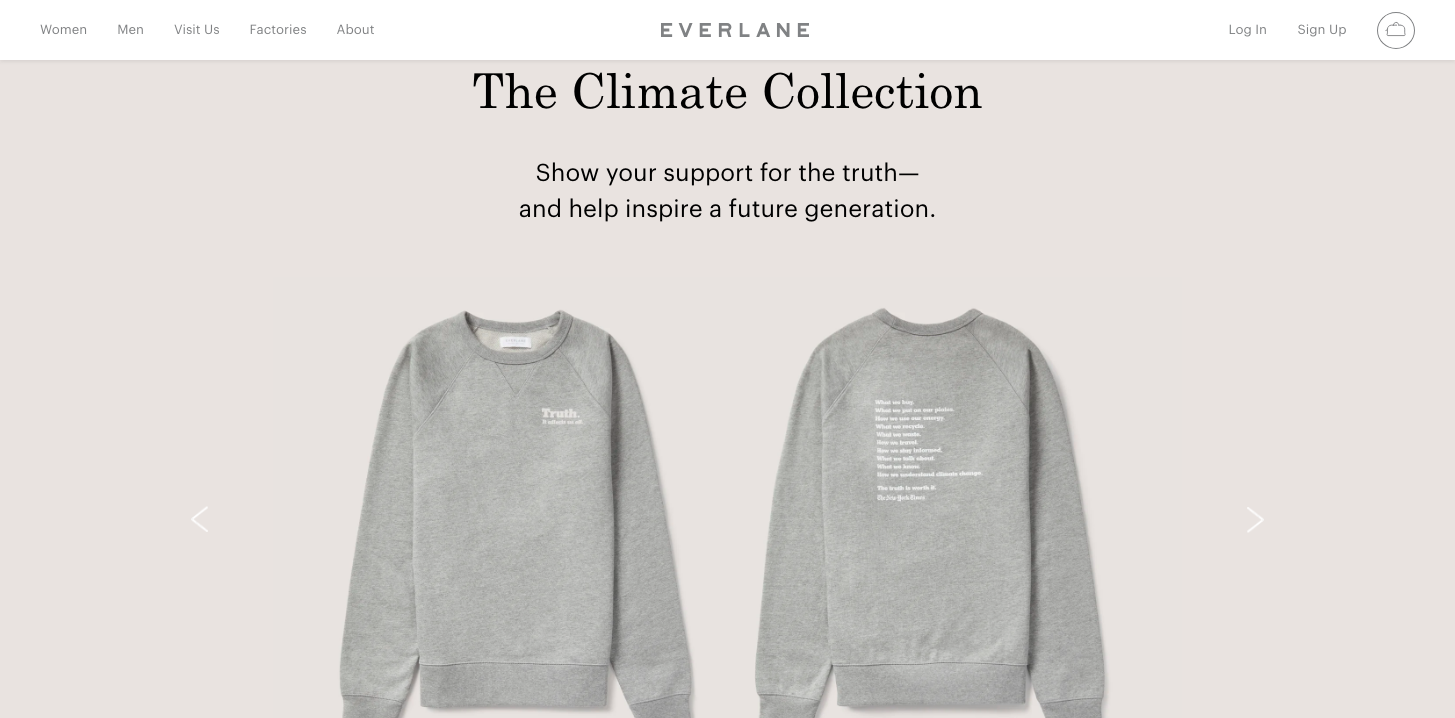
The goal here is to use both audiences in order to earn new customers, as well as to increase retention and brand loyalty from current customers. All of it increases AOV.
How a 3PL can help increase your AOV
Likely the biggest lever to pull to increase AOV is your shipping strategy. The faster you get the item to folks, the more they will pay for that service — but you also need to keep your shipping costs low.
Let’s look at how to do that.
Offer shipping speeds customers want
Amazon has accustomed consumers to 2-day shipping. The problem with 2-day shipping, however, is that it’s often incredibly expensive for brands that do not have warehouses across the US.
This is why so many brands continue to charge for 2-day shipping, and offer free shipping for slower delivery.
Using a fulfillment partner, however, means you don’t have to make that compromise. Look for 3PL solutions that have multiple fulfillment centers throughout the regions you want to sell. And then, spread your inventory out among them. This will enable you to hit those 2-day shipping marks (and charge more money as part of the convenience and luxury status of the product — i.e., value), while keeping your ownshipping costs low.
“Because of Amazon, our customers expect 2-day shipping and we couldn’t find other 3PLs that can provide that. If they do, you are going to pay a lot for it. Without ShipBob, it would cost more than $100 per order to ship that fast.”
Founder of My Calm Blanket
Keep costs of shipping down
How exactly does having inventory in multiple warehouses reduce shipping costs? Because the closer you are to your delivery destination, the lower the shipping zone.
This means you can use ground shipping, which makes 2-day delivery much cheaper than expedited air.
It’s that simple.
“With ShipBob, we can comfortably assign a shipping cost to each order by pinpointing the product weight and destination zip code. It makes it a lot easier to spend marketing dollars when we know exactly what shipping costs are going to be.”
Greg MacDonald, CEO & Founder of Bathorium
Take your AOV to new heights with ShipBob
As a tech-enabled fulfillment partner, ShipBob provides the tools brands need to boost their average order value. With best-in-class warehouse management, order management, and inventory management tools, merchants have access to real-time data in order to make informed decisions that can lead to increased AOV.
Additionally, with a 2-Day Express Shipping option, ShipBob merchants can take advantage of fast shipping in the continental US. ShipBob’s vast network of fulfillment centers gives merchants 100% coverage for 2-day shipping through the country, even from one fulfillment center. The promise of fast shipping can help boost your AOV and bottom line.
Ready to get started with ShipBob? Request a quote to connect with the team.
Conclusion
If you want to beef up your bottom line and overall build a healthier business model for long-term success, you need to be focusing on increasing your AOV. After all, the higher your AOV, the more revenue you earn per customer, which can then be reinvested into acquisition, retention, or overall branding activities to increase brand awareness and loyalty.
Overall, this advice says it all:
“Be thoughtful and outcome-oriented regarding product recommendations. Relying exclusively on “bought this — bought that” recommendation algorithms runs the risk of reflecting price-oriented habits of your most frequent shoppers who are familiar with your discount rhythms. Don’t absolve yourself of your responsibility to curate for your customers.”
Eric Gutoski, Managing Director of BORN Group
Learn more
Learn how having the right ecommerce fulfillment strategy in place can meet customer expectations around 2-day express shipping, help you reduce cart abandonment, and more. Download the “ShipBob 2-Day Express Shipping Guide” below.
Average order value FAQs
Below are some of the most common FAQs related to calculating and tracking average order value.
Why is AOV important?
AOV is one of the most important metrics forecommerce businesses to track. By knowing your AOV, you’re able to identify buying behaviors and trends to improve your digital marketing/sales strategy. Without knowing your AOV, it can be hard to understand whether or not you’re spending too much on conversion costs and ad spend. For instance, if you have a low AOV but a high conversion cost, you could be losing revenue.
Understanding AOV can also shine light on your current pricing strategy by giving you insight into how much customers are willing to spend per order.
How do you increase the average order value?
There are a number of ways to increase average order value, including bundling products, free shipping and coupon thresholds, cross-selling, rewarding loyal customers, and offering pricier “limited edition” items. The AOV strategy you decide to use for your ecommerce business will depend on what resonates the most with your customers.
What is the average transaction value per online order?
For ecommerce businesses, the industry’s average order value varies and it greatly depends on the type of product you’re selling. As a benchmark to use, according to Growcode.comthe average order value for ecommerce is $133.77.
How can I find my AOV in Google Analytics?
Your average order value equals Total Product Revenue / Total Transactions. In order to track and view either total revenue or total transactions, you’ll need to configure ecommerce tracking from your site’s Google Analytics dashboard. To learn how to easily set it up, click here.
